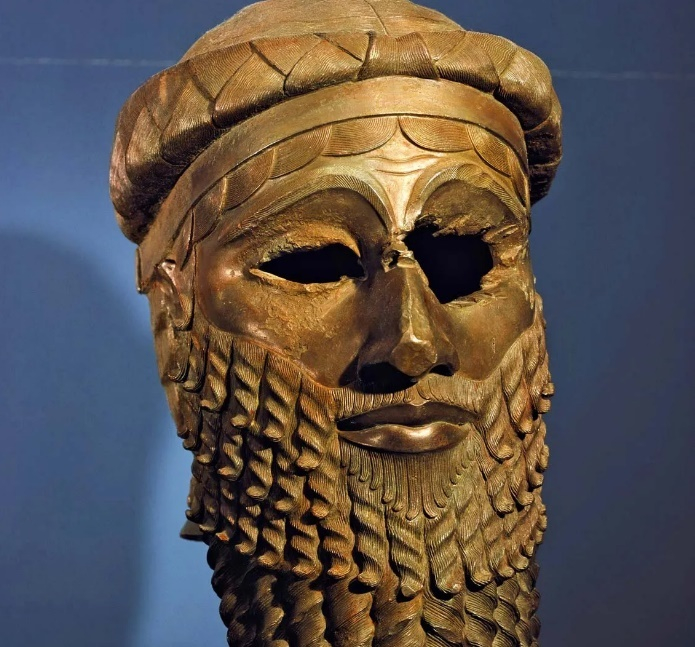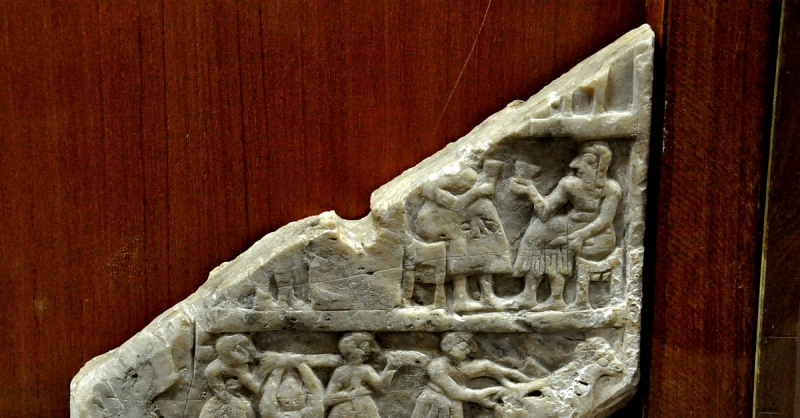The King and the nobility
The first class in our list of ancient Mesopotamia social classes we want to introduce to you is the King and the nobility. According to Richard Marrison, kings had direct interaction with the gods and operated as a bridge between humans and gods. Any King's strength was determined by the overall area of the territory he was able to conquer. The larger the domain, the greater his power. Sargon of Akkad was the most powerful ruler of an ancient civilization. He established himself as the most influential King through military conquests and Empire expansion.
The Mesopotamians thought their kings and queens were derived from the City of Gods, but, unlike the ancient Egyptians, they never considered their kings to be true gods. The majority of kings referred to themselves as "king of the universe" or "great king." As rulers had to look after their subjects, another prevalent moniker was "shepherd."
This category included, in addition to the King, the King's family, and the nobles. The nobility was in charge of the city-state, region, or Empire. They were also granted rights comparable to those of royalty. This category's burials were elaborate, with an opulent burial tomb. They were also given personal diviners to interpret the unseen message and predict the future using supernatural skills.








